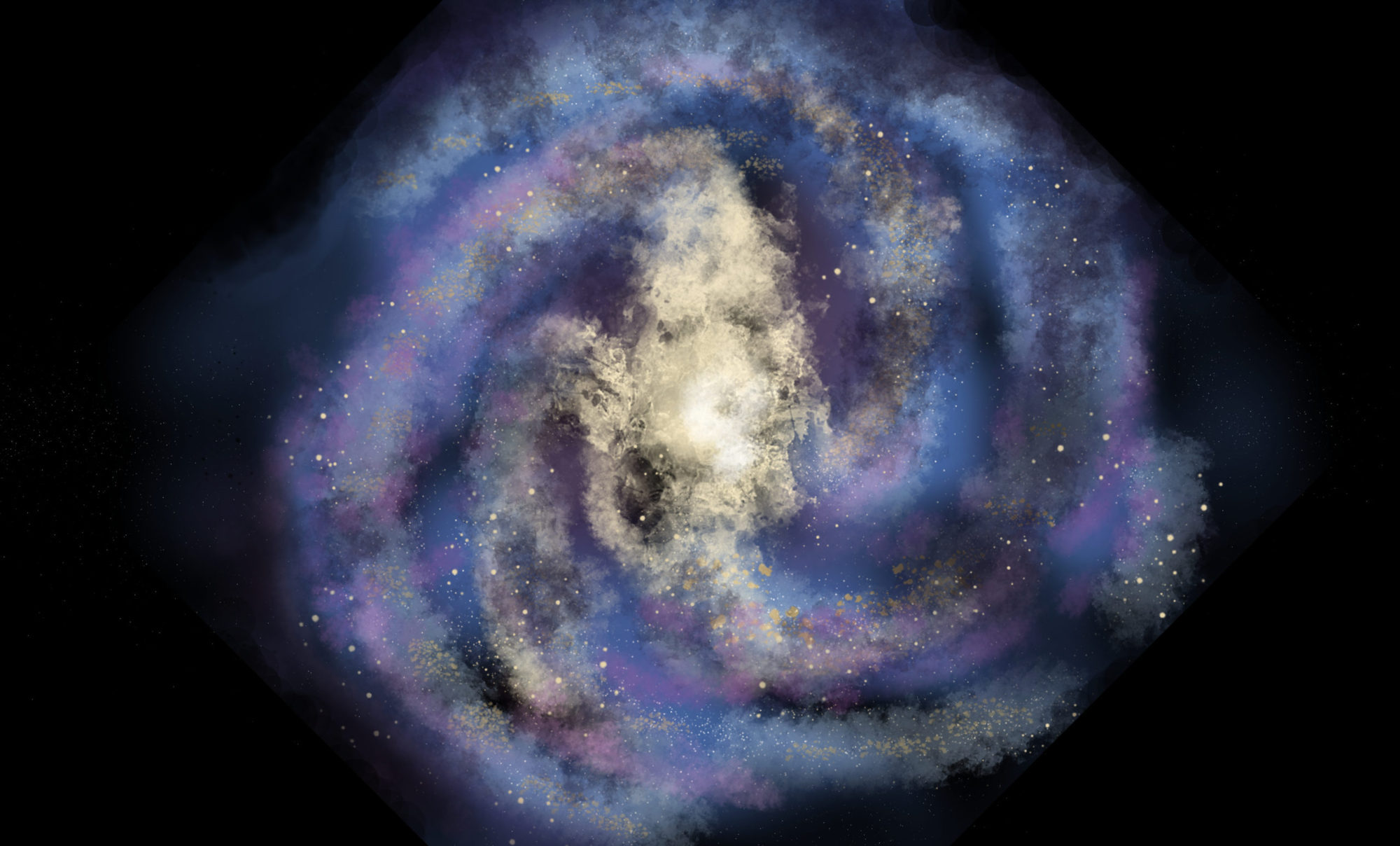Above is a representation of what some scientists think the Oort Cloud looks like. It is named after Jan Oort, a Dutch astronomer who pioneered in radio astronomy as well as comet studies. He theorized that comets come from a region beyond the heliopause, the point where the solar wind stops blowing.
Solar wind, by the way, is used to describe the power of the sun’s rays within the solar system. It ceases to have an outward effect at the heliopause where the rays of other stars balance the local star’s power.
Second aside. Jan was a man, but it is not sexist to ascribe his discoveries to him and name the Oort Cloud after him. He put in the work, full stop. Please note that the Oort Cloud has never actually been observed and so remains theoretical.
Third aside, the sex of the scientist doesn’t matter. Madame Curie found, classified and measured radiation and we call these pieces of radiation ‘Curies’. I happen to know a brilliant astronomer who is the mother of seven children. We don’t agree about many things, but I acknowledge her abilities and gender doesn’t matter when it comes to science or other opinions.
Returning to the subject at hand, there may be trillions of objects in the Oort Cloud ranging from subatomic to planetoids or bigger. Lots of comet sized objects. Many of these objects may have come from other solar systems. From the graph you can see that Earth’s Oort Cloud may extend almost to Alfa Centauri, a star four light years away. The close in part is supposed to be a disc and farther out a sphere. Comets hang out here when they aren’t passing through our near neighborhood.
For my books I have limited the Oort Cloud to truly begin about one light year out from the star, which is reasonable if we are looking at a measurable and relatively dense area and not just a possible area of coverage that has little to no effect on ships passing through. That is my best guess, anyway.

Comments are closed